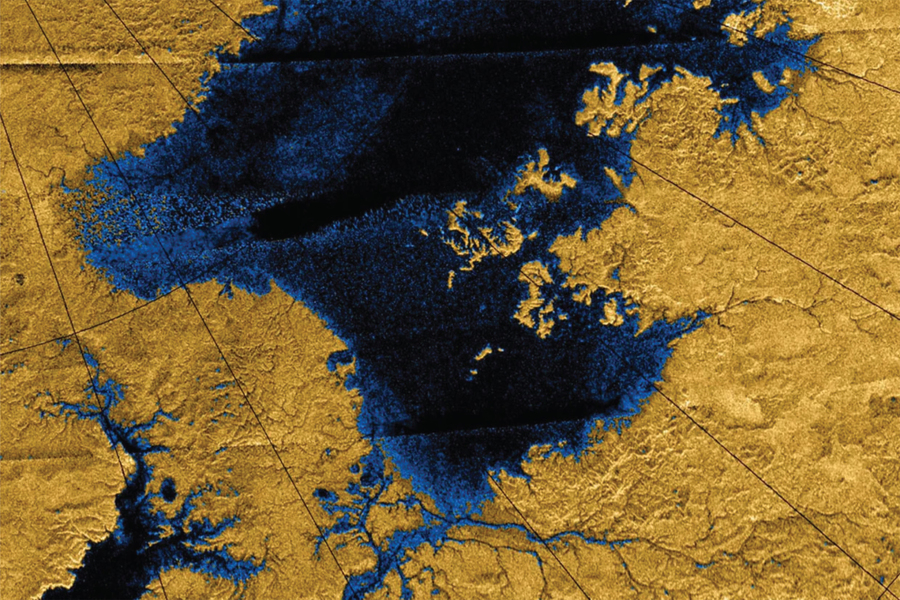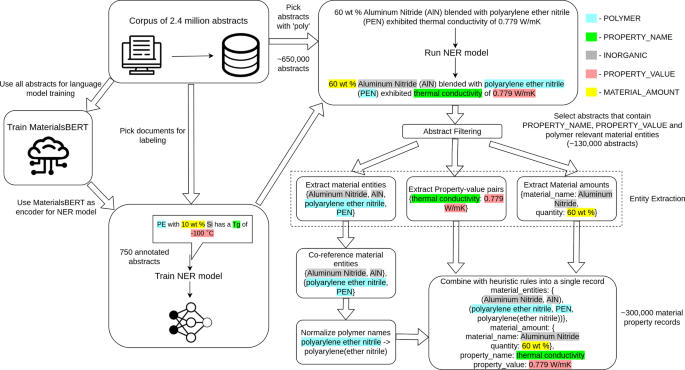新しい技術では、遠隔画像を使って地球外の古代の活発な河川の強さを測定する。 A new technique uses remote images to gauge the strength of ancient and active rivers beyond Earth.
2023-07-10 マサチューセッツ工科大学(MIT)
 Images from the Cassini mission show river networks draining into lakes in Titan’s north polar region.
Images from the Cassini mission show river networks draining into lakes in Titan’s north polar region.
Image: NASA/JPL/USGS
◆この研究は、MITの地球大気惑星科学(EAPS)部門のCecil and Ida Green教授であるTaylor Perron氏らによって行われました。彼らは、PNASに結果を発表しました。
<関連情報>
- https://news.mit.edu/2023/river-flows-beyond-earth-0710
- https://www.pnas.org/doi/10.1073/pnas.2206837120
地球、タイタン、火星の河川の流れを遠隔で再現する Reconstructing river flows remotely on Earth, Titan, and Mars
Samuel P. D. Birch, Gary Parker, Paul Corlies, Jason M. Soderblom, Julia W. Miller, Rose V. Palermo, Juan M. Lora , Andrew D. Ashton, Alexander G. Hayes, and J. Taylor Perron
Proceedings of the National Academy of Sciences Published:July 10, 2023
DOI:https://doi.org/10.1073/pnas.2206837120
Significance
Rivers have been found only on Earth, Mars, and Saturn’s moon Titan. We use a universal framework for river geometry to unlock clues about the climates of all three worlds. On Earth, our method can predict sediment and water fluxes in regions where field surveys are impractical. On Mars, our results imply that the river deposits explored in situ by NASA’s Perseverance and Curiosity rovers required prolonged time periods when conditions favorable for life were maintained. On Titan, we show that its active methane rivers may have substantially different geometry than rivers on Earth. NASA’s Dragonfly mission to Titan can test our predictions and may witness active sediment transport.
Abstract
Alluvial rivers are conveyor belts of fluid and sediment that provide a record of upstream climate and erosion on Earth, Titan, and Mars. However, many of Earth’s rivers remain unsurveyed, Titan’s rivers are not well resolved by current spacecraft data, and Mars’ rivers are no longer active, hindering reconstructions of planetary surface conditions. To overcome these problems, we use dimensionless hydraulic geometry relations—scaling laws that relate river channel dimensions to flow and sediment transport rates—to calculate in-channel conditions using only remote sensing measurements of channel width and slope. On Earth, this offers a way to predict flow and sediment flux in rivers that lack field measurements and shows that the distinct dynamics of bedload-dominated, suspended load-dominated, and bedrock rivers give rise to distinct channel characteristics. On Mars, this approach not only predicts grain sizes at Gale Crater and Jezero Crater that overlap with those measured by the Curiosity and Perseverance rovers, it enables reconstructions of past flow conditions that are consistent with proposed long-lived hydrologic activity at both craters. On Titan, our predicted sediment fluxes to the coast of Ontario Lacus could build the lake’s river delta in as little as ~1,000 y, and our scaling relationships suggest that Titan’s rivers may be wider, slope more gently, and transport sediment at lower flows than rivers on Earth or Mars. Our approach provides a template for predicting channel properties remotely for alluvial rivers across Earth, along with interpreting spacecraft observations of rivers on Titan and Mars.



